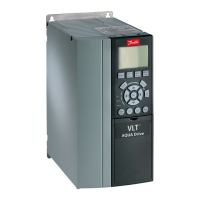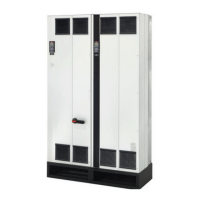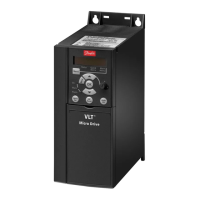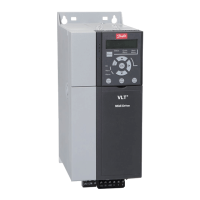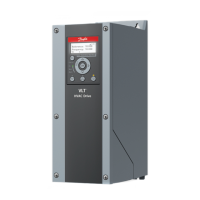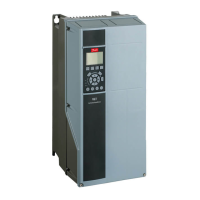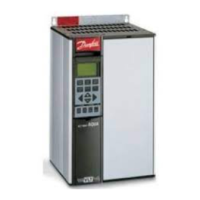3.3 Line Power Integration
54
3.3.1 Line Power Congurations and EMC Eects 54
3.3.2 Low-frequency Line Interference 54
3.3.3 Analyzing Line Interference 55
3.3.4 Options for Reducing Line Interference 55
3.3.5 Radio Frequency Interference 55
3.3.6 Classication of the Operating Site 56
3.3.7 Use with Isolated Input Source 56
3.3.8 Power Factor Correction 56
3.3.9 Input Power Delay 56
3.3.10 Electrical Transients 57
3.3.11 Operation with a Standby Generator 57
3.4 Motor Integration
58
3.4.1 Motor Selection Considerations 58
3.4.2 Sine-wave and dU/dt Filters 58
3.4.3 Proper Motor Grounding 58
3.4.4 Motor Cables 58
3.4.5 Motor Cable Shielding 58
3.4.6 Connection of Multiple Motors 59
3.4.7 Control Wire Isolation 60
3.4.8 Motor Thermal Protection 61
3.4.9 Output Contactor 61
3.4.10 Brake Functions 61
3.4.11 Dynamic Braking 61
3.4.12 Brake Resistor Calculation 61
3.4.13 Brake Resistor Cabling 63
3.4.14 Brake Resistor and Brake IGBT 63
3.4.15 Energy Eciency 63
3.5 Additional Inputs and Outputs
64
3.5.1 Wiring Schematic 64
3.5.2 Relay Connections 65
3.5.3 EMC-compliant Electrical Connection 66
3.6 Mechanical Planning
67
3.6.1 Clearance 67
3.6.2 Wall Mounting 67
3.6.3 Access 68
3.7 Options and Accessories
68
3.7.1 Communication Options 72
Contents
VLT
®
AQUA Drive FC 202
Danfoss A/S © 09/2014 All rights reserved. MG20N622
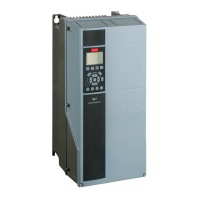
